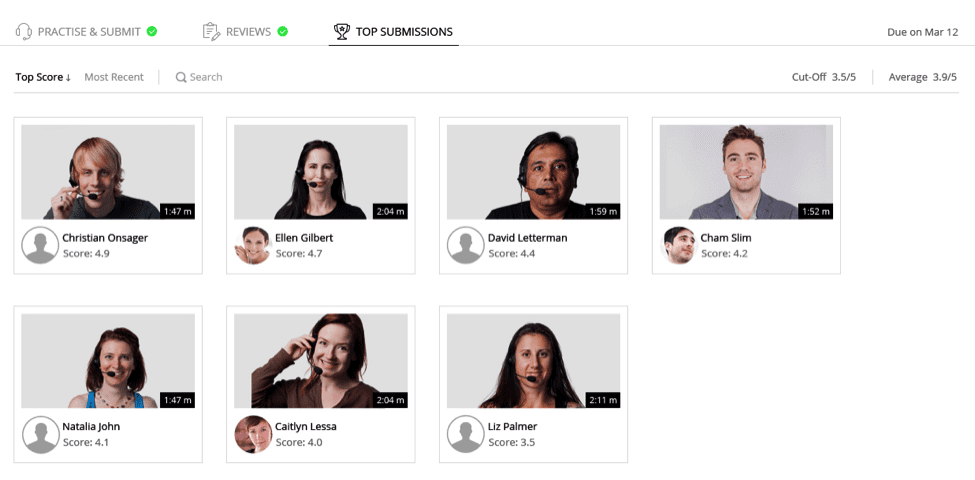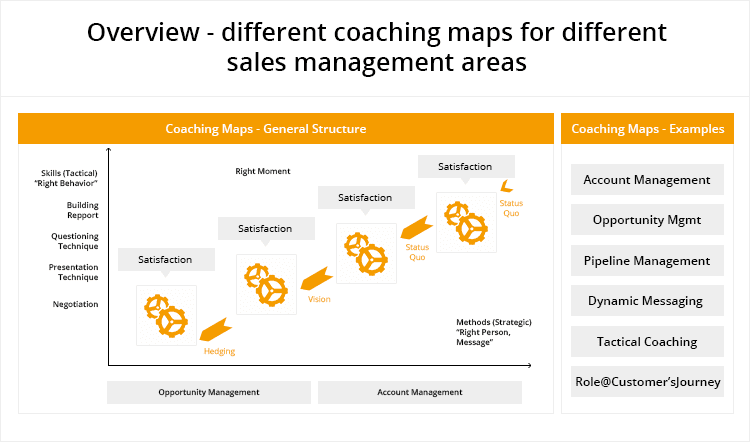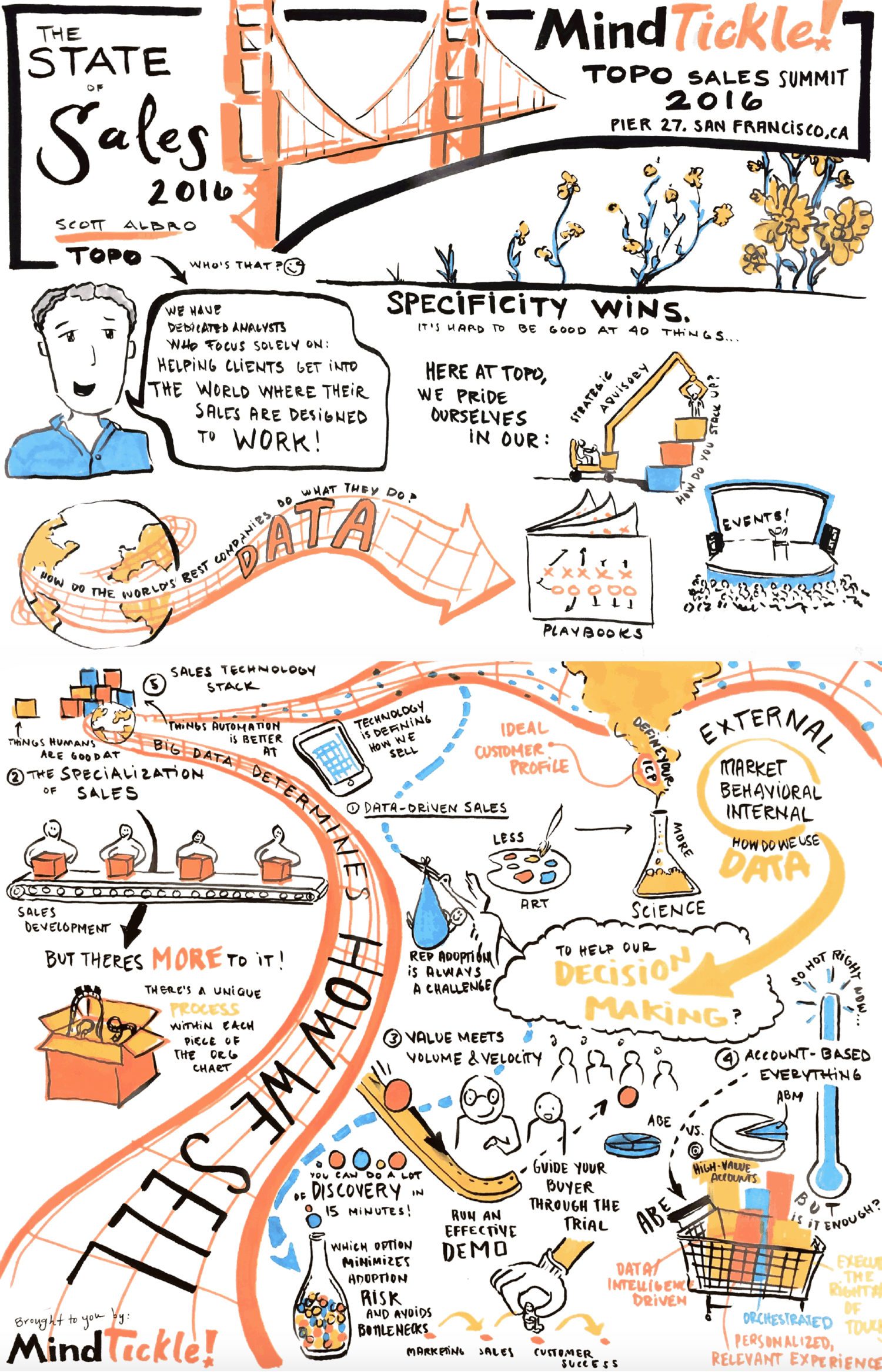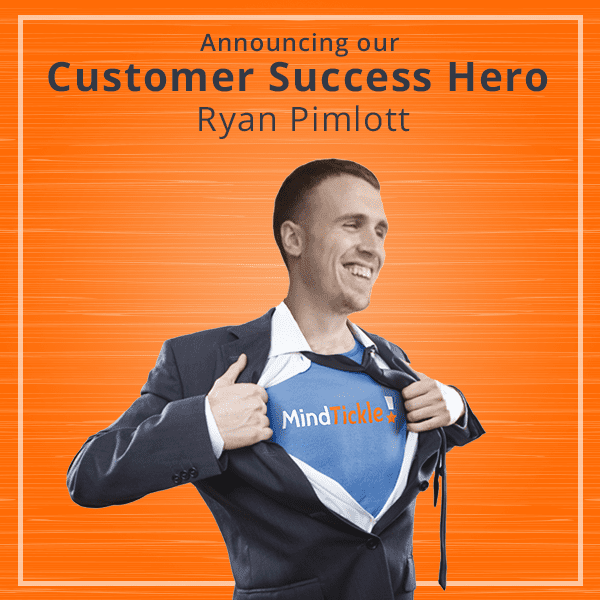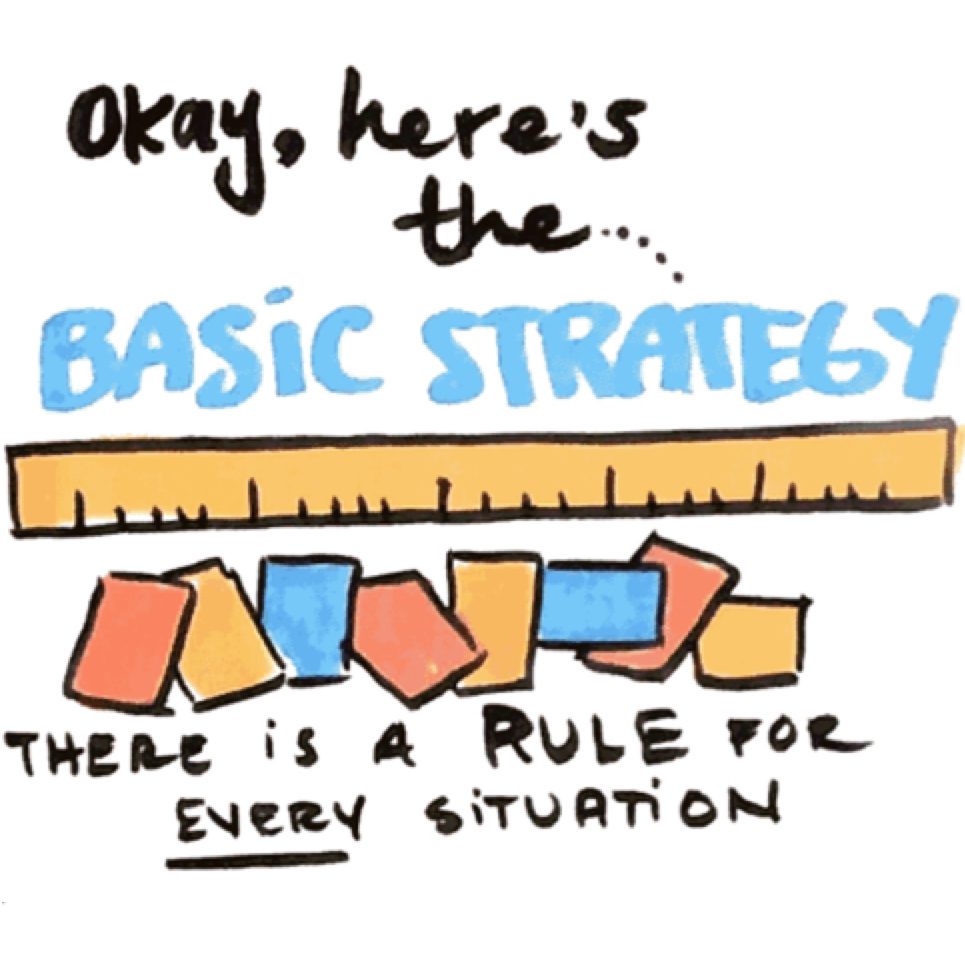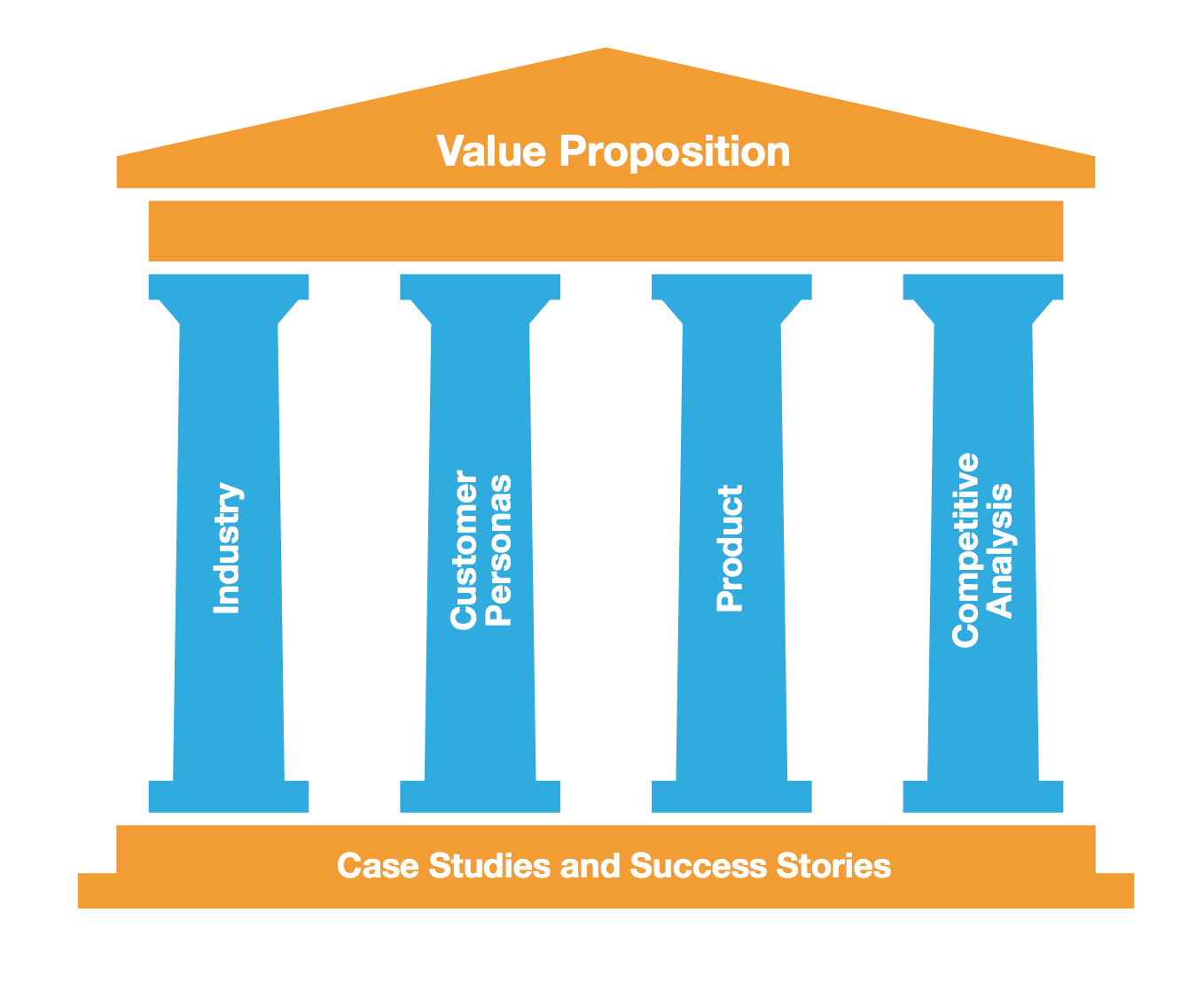Does Your New Hire Orientation Program Include Pre-Onboarding?
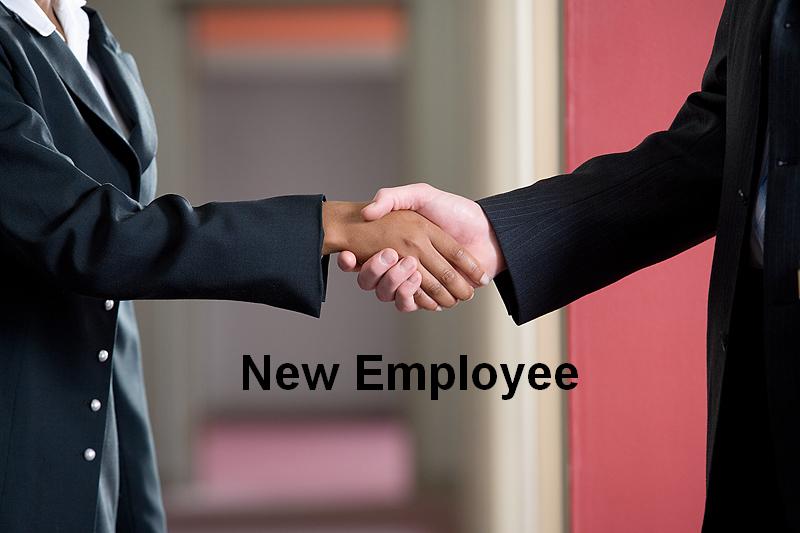

Pre-Onboarding is a big miss when it comes to a new hire orientation program. Organizations have a tremendous opportunity to address their recruitment, retention, and productivity challenges by leveraging pre-onboarding.
Do you remember the moment when you received the final offer letter of your first job? Chances are that you are reliving the moment as you read this. A brand new job also generates similar excitement. It is this excitement that is omnipresent during the pre-onboarding phase- the phase between a new hire’s offer acceptance and her joining. Smart organizations can leverage this feel-good atmosphere to their HR advantage by setting the tone for the upcoming new hire orientation program. Is your organization taking advantage?
Sustain the Excitement – They impressed you, now it is your Turn
Pre-Onboarding is a golden opportunity to sustain the euphoria of a new job. Questions and doubts abound at this stage for a new hire. Answering these questions and creating structures for addressing their doubts is a good first step to keep the conversation going and keep them excited. A new hire orientation program usually addresses this, but organizations have an opportunity to start early with pre-onboarding. By simply engaging with the new hire periodically during the pre-onboarding phase, employers can sustain the enthusiasm and eagerness of the new hires.
- Help them Search – New hires often search for information about their employers on the internet. Be proactive and help them look at the right places. Providing links to blogs, announcements, company policies, and procedures and newsletters via email would set the ball rolling.
- Bring them In – Guest level access to the organization’s enterprise social network could do wonders. If your organization does not have one, create a group on public social networks like LinkedIn as a means to introduce the new hire to the rest of the team.
- “I Belong Here” – Socialization is an integral part of a new hire orientation program; socialize early by inviting them to team building activities. If the location of the new hire is a constraint, arrange for online participation.
Manage Uncertainty – Will the New Hire finally join?
The latest Aberdeen report “Onboarding 2013 – A New Look at New hires” reinforced its earlier finding that organizations believe that about 90% of employees decide to stay within the first year. While this statistic has been the driving force behind organizations taking up new hire orientation program seriously, there are instances where a new hire, even after signing on the dotted line, decides not to join. Over the last few years, organizations have been witness to a trend where new hires do not turn up even after accepting offer letters. And this is where pre-onboarding can play a critical role.
From a new hire’s perspective, the pre-onboarding phase of new hire orientation program also brings about a sense of anxiety. Constant communication between the organization and the new hire can help contain this anxiety. By initiating a few simple actions, a new hire onboarding manager can not only counsel the new hire, but also deduce with confidence if they are at risk of losing the new hire.
- Schedule Interactions – Structured calls to discuss the new hire’s job and role will help orient the new hire towards the organization’s business objectives early on.
- Paperwork – The Aberdeen 2013 research suggests that getting the new hire to complete the tactical aspects (forms and tasks) in a timely manner helps him contribute to business driven projects at the earliest. This step may be boring, but initiating and completing it brings in a formal sense of belonging.
ROI – Help new hires get Productive at the earliest
In the book “The First 90 Days” Michael Watkins puts the break-even point of new hires at 6.2 months. According to the book, new hires consume value for the first three months and only then begin contributing. Research from Aberdeen also indicates it is because of this that only 62% of new hires meet their first performance milestone on time. Thus, pre-onboarding offers a wonderful opportunity to further shorten this 6 month period.
- Let the Training Begin – Incorporate learning during this phase. Utilize this time to share research in the form of published documents and white papers, in a consistent manner.
- Understand the New Hire – This transitional phase can be a good time to identify what resources can help the new hire when he starts working. It helps the managers identify the right mentor to be assigned and helps the mentor prepare for the new hire. Frequent interactions can help the onboarding manager identify the special qualities the new hire may possess. Identifying these qualities can help the onboarding manager map goals and targets for the new hire.
- Great Expectations – The new hire can also utilize this pre-onboarding phase to understand the expectations from the organization. This prepares the new hire and improves the chances of contributing productively to business objectives.
Is your Organization taking advantage of pre-onboarding? If no, why? If yes, what worked and what did not?



